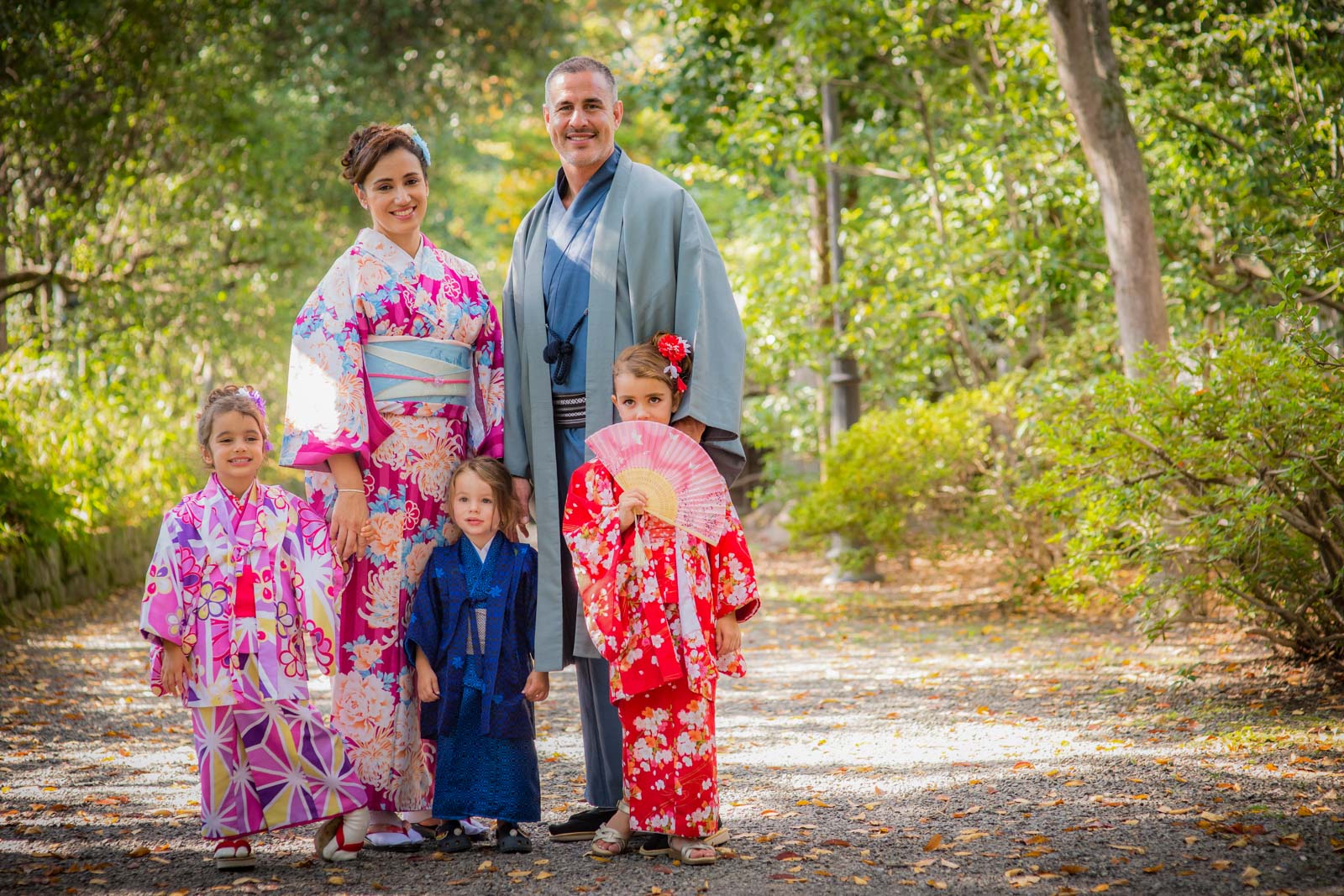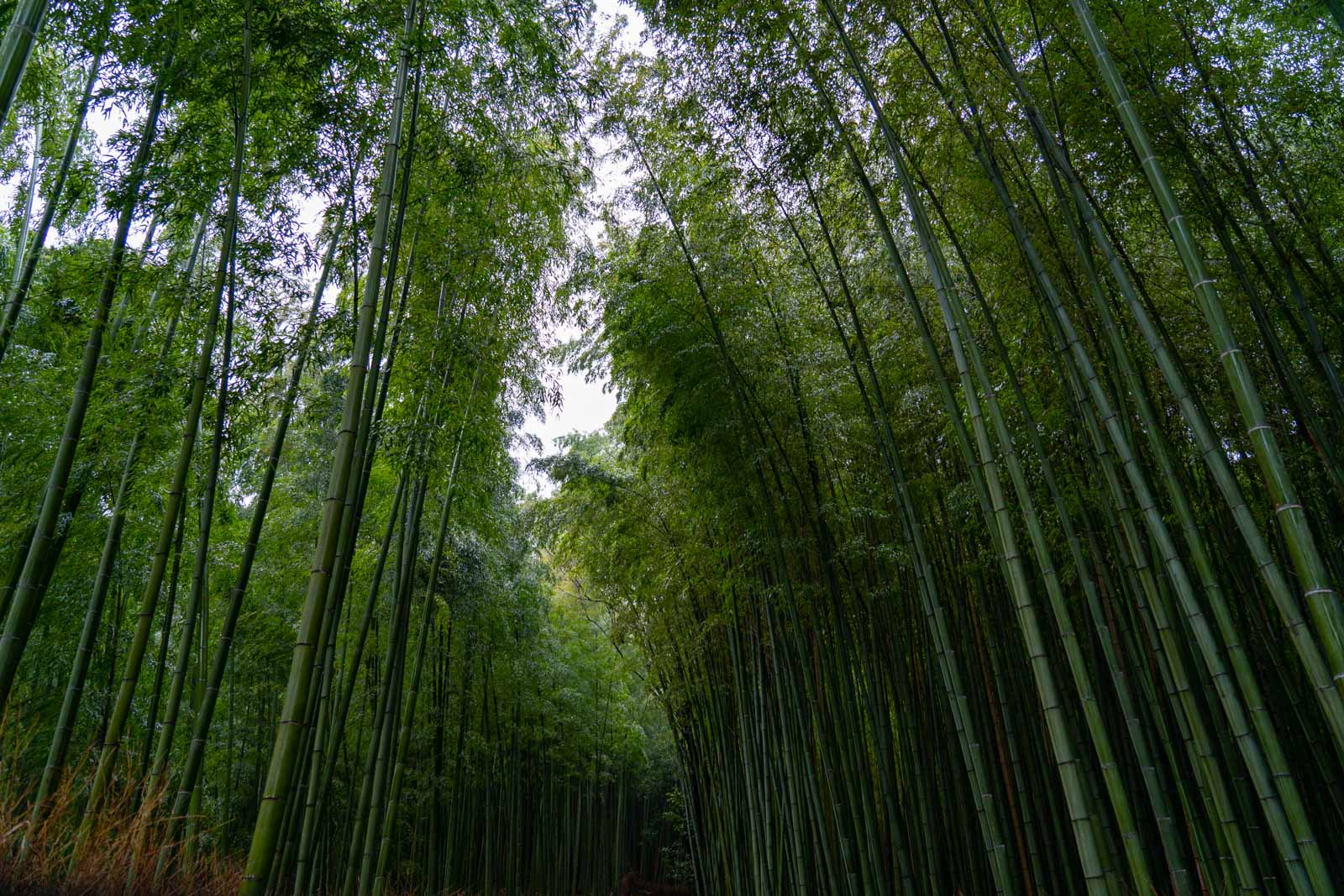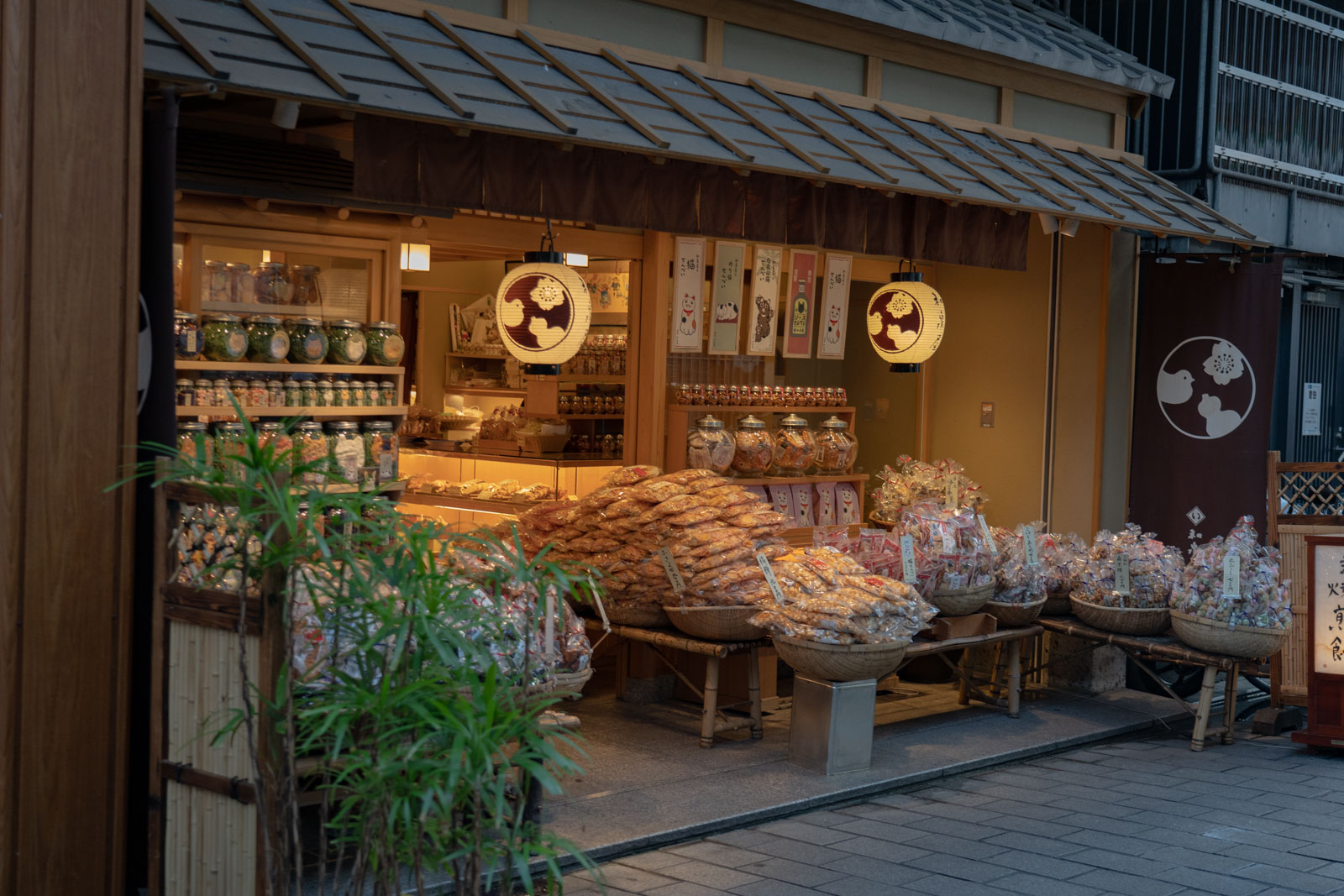Japan
Japan is a fascinating blend of ancient traditions and cutting-edge modernity, offering a unique cultural experience. Expect to immerse yourself in a world where historic temples and serene gardens coexist with bustling cities and technological marvels. From the tranquil beauty of Kyoto’s temples and the vibrant streets of Tokyo to the picturesque landscapes of Hokkaido and the historic sites of Hiroshima, Japan provides diverse and enriching experiences. The country’s cuisine, from sushi and ramen to exquisite kaiseki meals, and its warm hospitality make it a memorable destination for travelers.
How to Get There
From the US, you can fly to major Japanese airports such as Narita International Airport (NRT) and Haneda Airport (HND) in Tokyo, Kansai International Airport (KIX) in Osaka, and Chubu Centrair International Airport (NGO) in Nagoya with airlines like Japan Airlines, All Nippon Airways (ANA), and United Airlines, often with direct flights from cities like Los Angeles (LAX), New York (JFK), and San Francisco (SFO).
Currency: The local currency of Japan is the Japanese Yen (JPY). The US dollar is not widely accepted, so it’s best to use local currency. 1 US dollar is approximately equivalent to 148.64 JPY.
Language: Japanese is the official language. English is commonly spoken in major tourist areas, hotels, and restaurants, but learning a few basic Japanese phrases can enhance your experience.
Credit Cards & ATMs: Credit cards are widely accepted in hotels, restaurants, and shops in urban areas. Carry some cash for smaller purchases, especially in more rural areas. ATMs are available throughout the country, with convenience stores and banks offering international card access.
Plugs: The standard voltage is 100 V, and the frequency is 50/60 Hz. Japan uses Type A and B plugs, so a universal adapter may be needed.
Safety: Japan is one of the safest countries for travelers, with low crime rates and excellent public transportation. It’s still wise to stay aware of your surroundings and follow local advice, particularly in areas prone to natural disasters.
BEST TIME TO VISIT:
The best time to visit Japan is during the spring (March to May) for cherry blossoms and mild weather, or in the autumn (September to November) for beautiful fall foliage and pleasant temperatures. The summer months (June to August) can be hot and humid, while winter (December to February) offers opportunities for skiing and enjoying hot springs.
Things to See and Do in Japan
Related Articles
November 20, 2020







